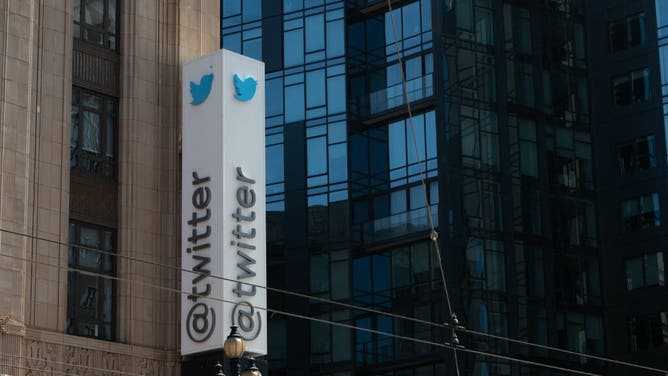New Report Shows Twitter Was Using ‘Secret’ Labels To Suppress Right Wing Users
Twitter's efforts to censor those they disagree with were even more extensive than previously realized.
The Twitter files released in December uncovered organized efforts to "shadowban" users with "blacklist" labels.
READ: NEW ‘TWITTER FILES’ RELEASE SHOWS THAT TWITTER SHADOW BANNED USERS WHILE LYING ABOUT IT
Such "visibility filtering" was pervasive and frequently targeted conservative accounts.
But while that release touched on more obvious labeling, such as "do not amplify," new information has shown their censorship efforts went even further.
Commentator Dave Rubin was recently invited to San Francisco to meet with Elon Musk and other top employees.
Rubin reported that engineers have learned there were "secret" labels used by former management to limit engagement. Examples he used were "recent abuse strike," "recent misinformation strike," and "recent suspension strike."
If accounts were hit with those "secret" labels, they'd be marked as "not safe for ads."
That would necessarily limit reach and visibility so the platform wouldn't be seen as associating unpopular views with advertisers.
They also maintained a directory of words to not promote objectionable content. Except, of course, it went too far and could also prevent a tweet from spreading.

The Twitter logo is seen at their headquarters on April 26, 2022 in downtown San Francisco, California. (Photo by AMY OSBORNE/AFP via Getty Images)
Twitter Punished Users for Questioning Their Decisions
Rubin also reported that even after Musk took over, the secret labels persisted.
One example he brought up was a "suspension strike" he received in July 2022 for questioning the suspension of Jordan Peterson's Twitter account.
Peterson's account was reinstated after Musk bought the company, but the suspension strike remained.
Given their prolific censorship efforts, these labels likely affected a huge number of users. And of course, that "visibility filtering" would overwhelmingly target conservative users.
It's often been pointed out that media bias can be apparent based on which stories they choose to cover.
Twitter's suppression of conservative viewpoints wasn't limited to bans or public "misinformation" labels. It went much deeper, limiting reach and ensuring their algorithm wasn't used to promote those they disagreed with.
In much the same was as choosing which stories to cover, that privileged one set of opinions above others.
It's not surprising that Twitter put their thumb on the scale in favor of left wing users. But the extent of their efforts shows just how committed they were to promoting certain viewpoints over others.